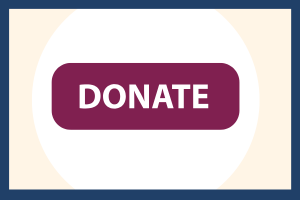The Department of Health and Human Services has released a report on how the health care system fails women. The report, also available in PDF version here, extensively and concisely details the many barriers women face in obtaining health care. A few findings:
Women’s reproductive health requires more regular contact with health care providers, including yearly pap smears, mammograms, and obstetric care.
Twenty-one million women and girls went without health insurance in 2007, and another 14 million relied on coverage through the individual insurance market.
Women are less likely to be employed full-time than men (52% versus 73%), making them less likely to be eligible for employer-based health benefits themselves. In fact, less than half of women have the option of obtaining employer-based coverage on their own.
Even when they work for an employee that offers coverage, one in six is not eligible to take it, often because they are part-time workers. They end up either covered through a spouse (41%), purchasing insurance directly through the individual market (5%), on public programs (10%), or uninsured (38%).
Important state and federal laws that protect individuals with employer-sponsored insurance do not apply to health insurance sold in the individual market. These include anti-discrimination protections in the Civil Rights Act of 1964 and the Pregnancy Discrimination Act of 1978, as well as the Health Insurance Portability and Accountability Act of 1996 (“HIPAA”), which prohibits covered employers from charging different premiums or denying coverage based on age or health status.
In particular, women are often charged higher premiums than men during their reproductive years. Holding other factors constant, a 22 year old woman can be charged one and a half times the premium of a 22 year old man. This difference largely disappears – and sometimes reverses – by age 64.
In a recent national survey, more than half of women (52%) reported delaying or avoiding needed care because of cost, compared with 39% of men.
Women face a higher financial burden from medical care than men. Nearly one-third of women aged 50 to 64 are in households that have spent more than 10% of their income on health care, compared with one quarter of men of similar age.
None of these findings are surprising to women’s health advocates, but it is encouraging that the federal government is examining the gendered aspect of health care barriers. We hope these findings will serve as a guide to HHS when the department is working on a solution to the current health care crisis.


